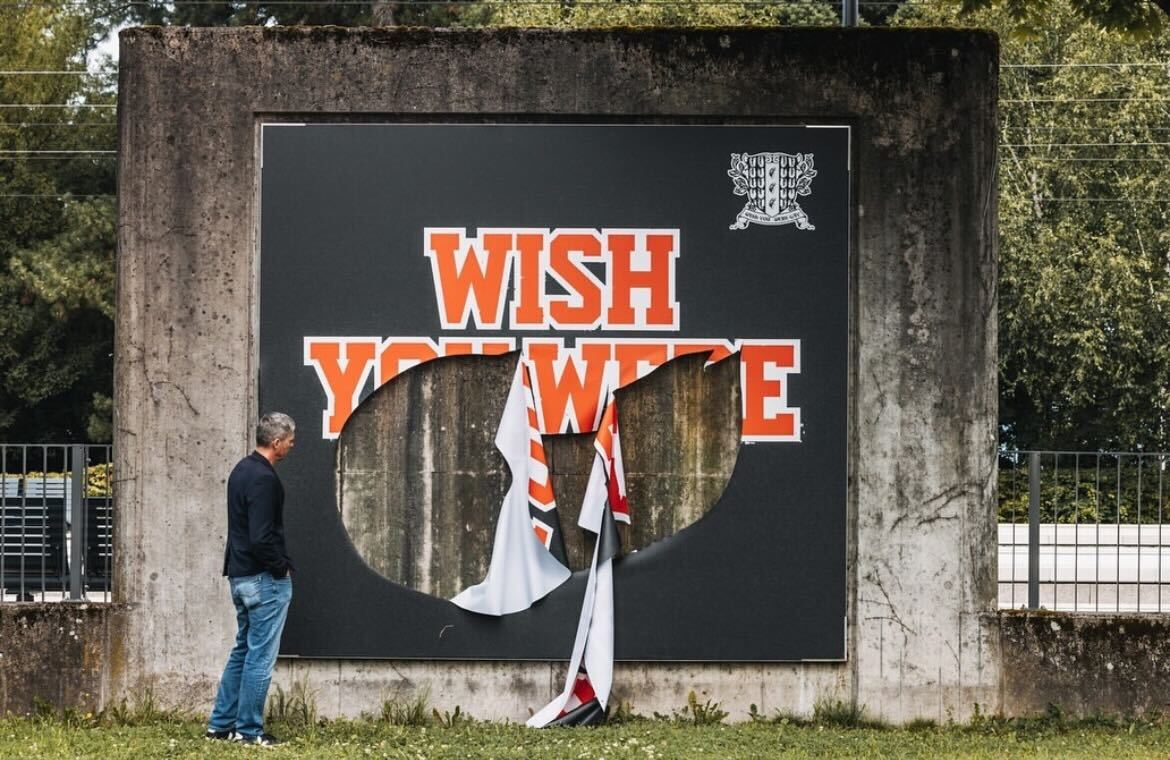An artworld that remains a paragon of exclusivity while symbolically committing to the excluded cannot maintain such a contradiction for long

In the post-Trump world and the febrile atmosphere of the culture wars, even mild criticisms of the artworld’s cherished orthodoxies and consensus values are met with outrage. In the December 2024 issue of Harper’s Magazine, the writer Dean Kissick published ‘The Painted Protest’, a lengthy polemic about the history of the contemporary artworld and its increasingly politicised alignment with identity politics. Charting the shift from the boomtime artworld of the 2000s and early 2010s, Kissick argues that, after 2016, art that ‘had previously been a way to produce discursive polyphony, aligned itself with the dominant social-justice discourses of the day, with works dressed up as protest and contextualized according to decolonial or queer theory, driven by a singular focus on identity’.
The many reactions to the article have tended to coalesce around those insisting, on one hand, that the artworld isn’t as wholly committed to the politics of identity and representation as Kissick pretends, and, on the other, that maybe it is, but that there’s nothing wrong with the wide spread of identity politics anyway. That mix of denial and double-down comes from the insistence that identity politics is necessarily a progressive politics. As Christian Viveros-Fauné insisted in his Village Voice tirade against Kissick, ‘the coming culture wars will need more and better political art, not less’, while ‘dialing the clock back won’t take the politics out of culture’.
Which politics, though? The defensiveness reveals that many in the artworld are perhaps not so sure that the project of identity politics – institutionalised by museum programmes’ emphasis on the minority identities of artists, and by the critical culture that still holds sway between the academy, the art school and the public galleries and biennials – is doing what it was supposed to. A more analytical Ben Davis, writing for Artnet, conceded that while part of the reaction against ‘woke’ identity politics is undoubtedly agitated by the right, it has resonated with a wider disillusion about the ameliorative claims of an institutional culture that has turned much of its material and critical resources towards the centring of marginalised groups as an end in itself. As Davis notes, the turn of women, Black and Hispanic voters towards Trump in 2024 has triggered ‘paradigm collapse’ among the liberal establishment, which we have been led to assume includes the cultural centre, now attempting to understand why many people are less inclined to respond to a cultural politics that was supposed to address them according to their race, ethnicity, sexual orientation or gender.
Davis acknowledges what other commentators have tended to avoid – that there might be what he terms a ‘populist left’ critique of identity politics, not issuing from ‘White resentment’ but from an older tradition of class politics. For Davis it is ‘a particular genre of “identity politics” that is specifically counterposed to “class politics”’. This form of identity politics, he points out, ‘is particularly dominant in art spaces, which prize symbolism and correctness of cultural consumption very highly and cater to high-status educated people’. And as anyone paying attention to the politics of populism will note, in the US and elsewhere, it is often ‘low-status’, less-educated people who have moved to the new populist coalitions.
Class is not an easy politics to map onto contemporary art’s institutions, since while, symbolically at least, the output of the artworld is supposed to be for everyone, it remains an elite system, funded by oligarchical interests. If, between the academy, the philanthropic foundation and the art museum, a certain politics of minoritarian identity has come to dominate the programmes and official discourses of cultural institutions, it is perhaps because marginalised minorities can anyway be ‘safely’ embraced by the benign care of the progressive institution, while leaving class inequalities untouched.
Of course, the contemporary artworld has, since the 1970s, been defined by the shift towards identity politics. Feminist, Black and queer politics were all part of the artworld throughout the 1990s, 2000s and 2010s. In that, Kissick’s characterisation of the artworld before 2016 as a ‘polyphony’ ignores the roots of the present consensus. What changed, however, was that the politics of identity became the discourse of the establishment, while the rewriting of art’s institutional culture by the demands of diversity, equity and inclusion accelerated after 2016, partly due to the populist shock of Trump’s first election (and, in the UK, Brexit), all the while bolstered by the ‘cancel culture’ that saw those critical or unconvinced of the increasingly militant forms of identitarian activism shut up, shut down or shut out of art’s institutional culture.
Inevitably, an artworld that remains a paragon of exclusivity while symbolically committing to the excluded cannot maintain such a contradiction for long. If only because any broader public – one not defined by easily demarcated identities, but interested a more ‘polyphonic’ view of culture, taste, social and political interests, and, yes, identity – will eventually see the artworld become an enclave catering only to particular groups and priorities, and eventually look elsewhere. At some point, the artworld and its institutions will have to figure out how to readmit ‘polyphony’ into its discourses and practices, since the claim of art’s institutions to legitimacy remains based on its value to a heterogeneous, pluralistic public. The other option might of course be to close it all down, or shut its doors to anyone not aligned to its discourses. And then the question would be – who would notice?
From the April 2025 issue of ArtReview – get your copy.